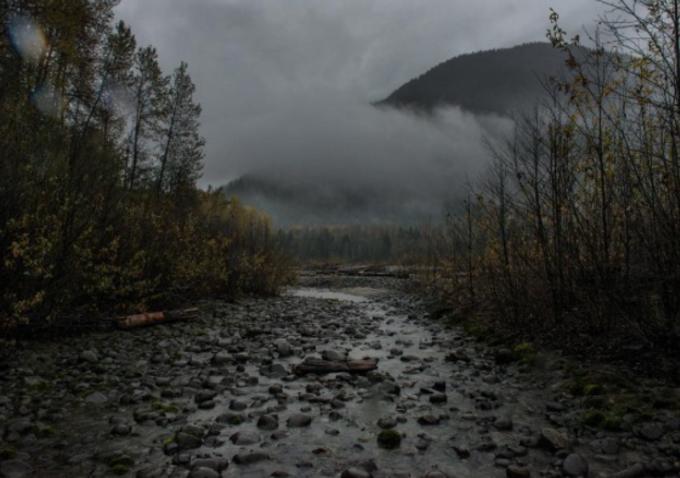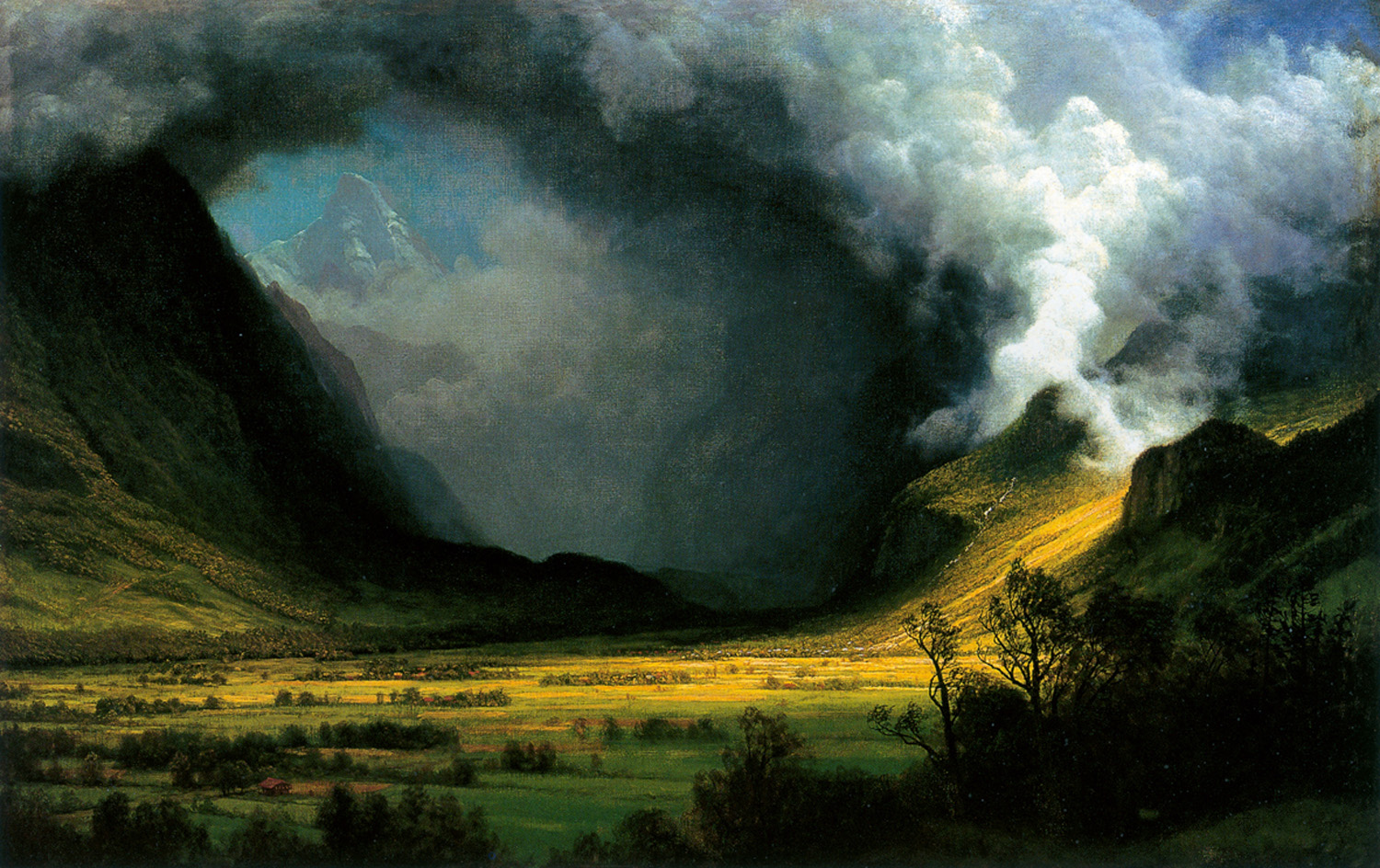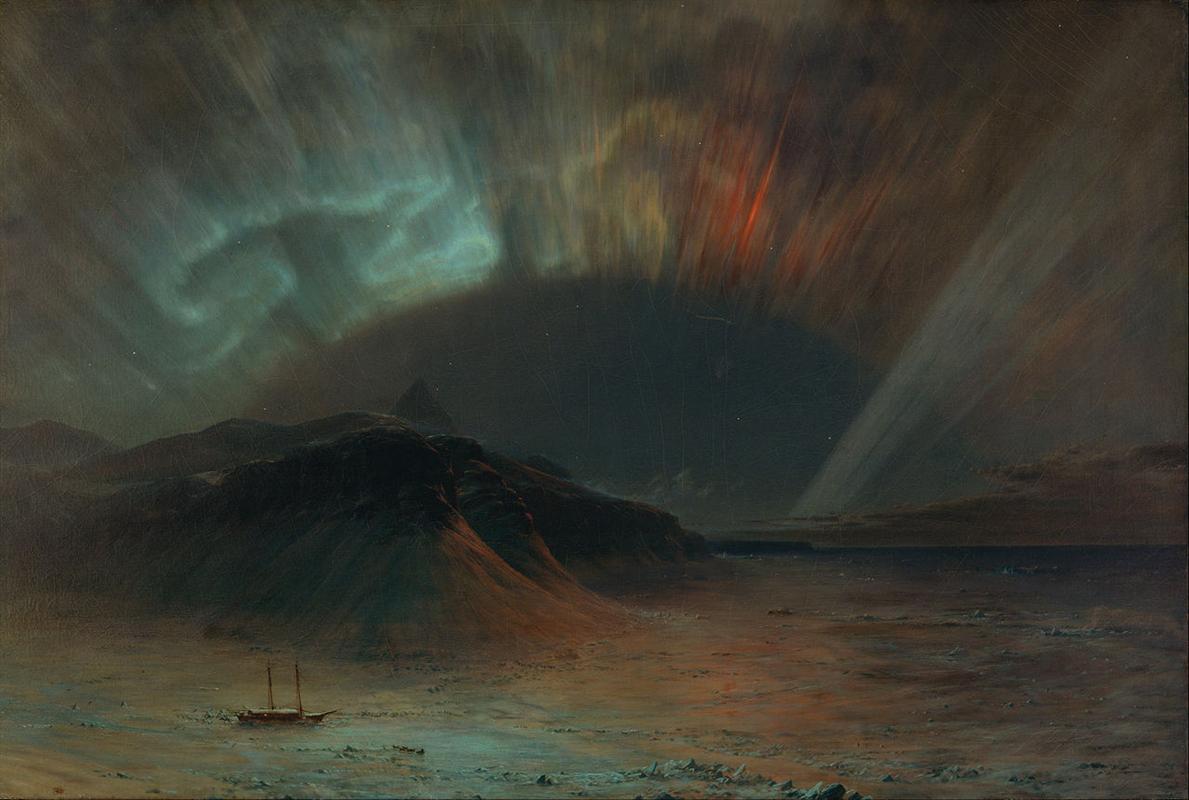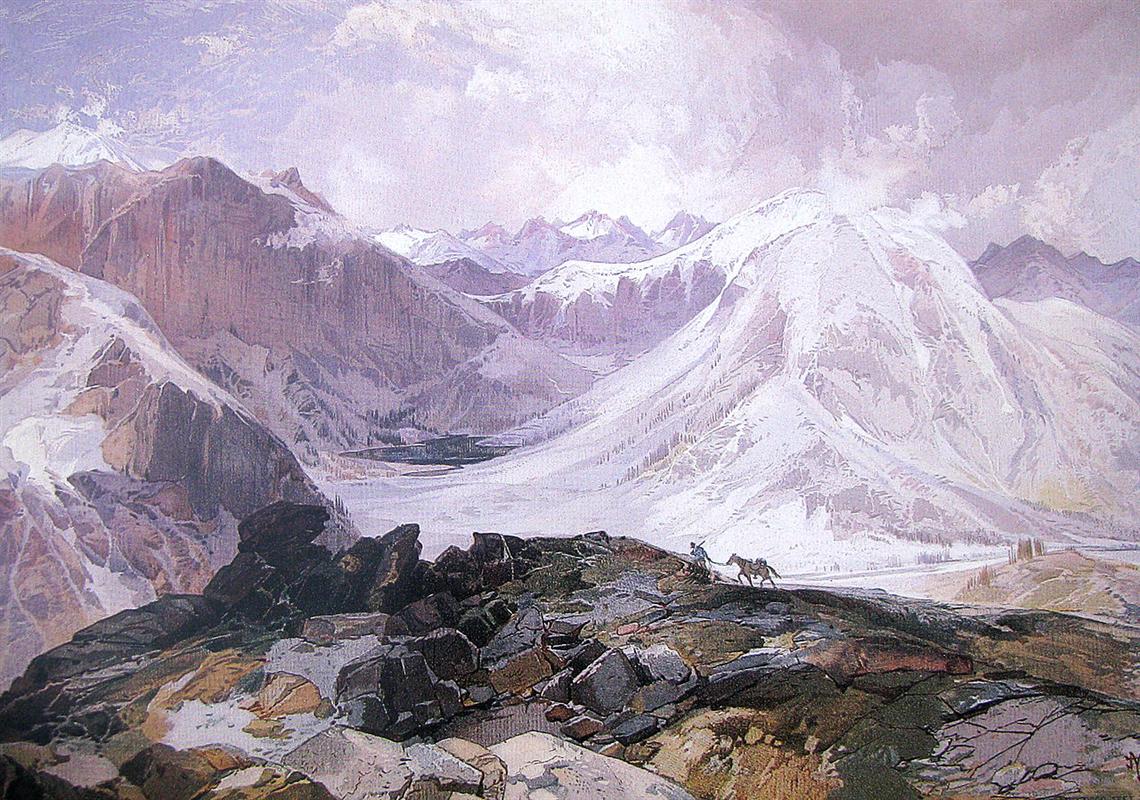FreeImages.com/Andrew Mogridge
I recently wrote a post for the Oberlin Heritage Center's blog about a controversial period in the city's history in which a group of activists tried to integrate the town's barber shops. After doing enough research on local businesses owned by African-American residents to write a month's worth of Facebook posts and a mini-exhibit in the museum's outdoor kiosk, I had no other outlet for fully conveying this story and its complex revelations. A long blog post proved the strongest way to communicate this message to as many audiences as possible.
Here's an excerpt:
"Examining the history of Oberlin’s barber shops means addressing a situation in which overt discrimination was standard practice, far into the twentieth century and throughout the United States. In 1940, Oberlin had 4,305 citizens, and 897 of them were black. Yet, by this time, there were no barbers in town who would serve African-American customers in their shops during regular business hours. This post presents the story of how, at the height of World War II, discrimination in the barber shops became a town-wide topic of discussion and, subsequently, a cause for social action."
Read more here.
The pre-history to my blog post is, of course, Oberlin's history as "a hotbed of abolitionism," "the town that started the Civil War," and a very active site on the Underground Railroad where former slaves might choose to stay and then find freedom, prosperity, and a semblance of racial equality. Yet anyone following news about higher education knows that Oberlin today retains its activist bent and that questions of race and ethnicity have become significantly more complicated. The history between these two eras is exemplified by the story told in my blog post, and the post provides important context for how social movements in the town may form and how they may succeed. It allows residents of the town who may remember the some of these brave barbers to understand how this history enabled their existence.
A recently formed organization named the History Relevance Campaign celebrates stories like this one from Oberlin for how productively they demonstrate that studying history benefits numerous aspects of contemporary society. This campaign has published a Value Statement, which outlines seven reasons history is essential to ourselves, our communities, and to our future. Using their language, quoted below, it becomes clear how the story of Oberlin's barbershops exemplifies the ways that history can inform an understanding of the community.
History:
- Forms our identities: "...History enables people to discover their own place in the stories of their families, communities, and nation... Through these varied stories, they create systems of personal values that guide their approach to life and relationships with others."
- Makes communities vital places to live and work: "History lays the groundwork for strong, resilient communities. No place really becomes a community until it is wrapped in human memory."
- Creates engaged citizens: "By bringing history into discussions about contemporary issues, we can better understand the origins of and multiple perspectives on the challenges facing our communities and nation."
Since starting as an AmeriCorps Member at the Oberlin Heritage Center in September 2015, this blog post is among my favorite projects I've done. It feels important and relevant. It feels like the act of writing this story contributes to remembering parts of the city's history that seem difficult, but that inform how the city views itself today. I believe it contextualizes places and ideas that are familiar to many people in Oberlin who may not remember this specific story, but that the story also reaches beyond one city to broader understandings of race and civil rights that resonate across the entire United States.
Stories that work with these two levels of meaning have to be central in local history organizations. By working with stories that connect past to present, local history museums can make substantial contributions to how their audiences broadly understand historical content. By connecting local stories to national events, they make historical narratives deeper and more detailed, which can only benefit everyone's understanding of the past.









